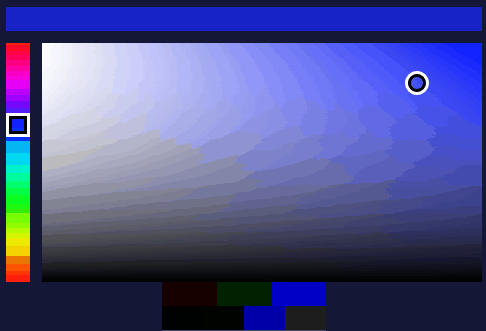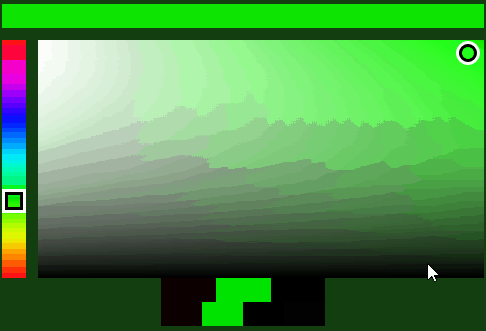I know this has already been asked, but the anwser given there doesn't work. I've spent over an hour looking for a formula or algorithm, but have found nothing. As a result, I've started writing my own algorithm to convert RGB to RGBW in the most efficient way possible. This is what I've currently got:
//'Ri', 'Gi', and 'Bi' correspond to the Red, Green, and Blue inputs.
var M = Math.Max(Ri, Math.Max(Gi, Bi)); //The maximum value between R,G, and B.
int Wo =0; //White output
int Ro=0; //Red output
int Go=0; //Green output
int Bo=0; //Blue output
int av = 0; //Average between the two minimum values
int hR = 0; //Red with 100% hue
int hG = 0; //Green with 100% hue
int hB = 0; //Blue with 100% hue
//These 4 lines serve to figure out what the input color is with 100% hue.
float multiplier = 255.0f / M;
hR = Convert.ToInt32(Ri * multiplier);
hG = Convert.ToInt32(Gi * multiplier);
hB = Convert.ToInt32(Bi * multiplier);
//Depending on the maximum value, get an average of the least used colors, weighted for their importance in the overall hue.
//This is the problematic part
if (M == Ri)
av = (Bi*hB + Gi*hG) / (hB+hG);
else if (M == Gi)
av = (Ri*hR + Bi*hB) / (hR+hB);
else if (M == Bi)
av = (Gi*hG + Ri*hR) / (hG+hR);
//Set the rgbw colors
Wo = av;
Bo = Bi - av;
Ro = Ri - av;
Go = Gi - av;
if (Wo < 1) Wo = 0;
if (Bo < 1) Bo = 0;
if (Ro < 1) Ro = 0;
if (Go < 1) Go = 0;
if (Wo > 255) Wo = 255;
if (Bo > 255) Bo = 255;
if (Ro > 255) Ro = 255;
if (Go > 255) Go = 255;
It works fine if the color I'm dealing with is a primary color, but not in any other case. What would make it work everywhere? Am I even on the right track?
EDIT: Here's a .gif of the issue I'm running into. the RGBW values are all the way at the bottom



int multiplier = 255 / M;- does this really want to be integer division? – Plasticizemultipliertofloatand see if it doesn't get you a lot closer. – Longhornfloat multiplier = 255 / M;is still integer division as both 255 andMare integers. Change it tofloat multiplier = 255.0 / M;– Plasticize